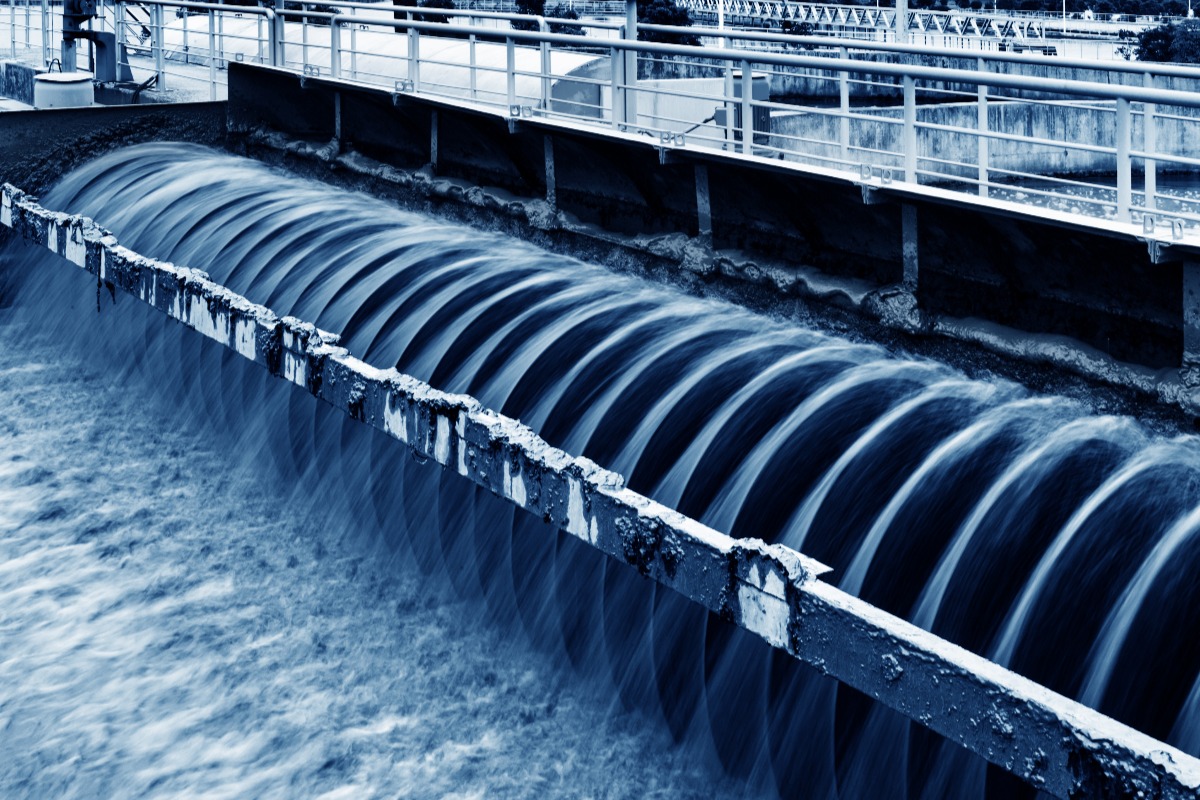Clean water in the country is necessary for the public’s health. Having clean water requires much vigilance, though, because there are many possible sources of pollution.
According to the World Health Organization (WHO), ineffective management of wastewater in urban, industrial, and agricultural areas results in the contamination or chemical pollution of water affecting hundreds of millions of people worldwide. This also results in the transmission of various water-borne diseases.
Waterborne Diseases in the U.S.
A 2020 study by the Centers for Disease Control and Prevention (CDC) investigated data from 2000 to 2015 to find the impact of waterborne diseases caused by 17 waterborne pathogens on the country’s healthcare system. They used the U.S. population of 319 million in 2014 as the baseline for computation.
The respiratory diseases included in the study were Legionnaires’ disease, nontuberculous mycobacterial (NTM) infection, and Pseudomonas pneumonia and septicemia. The intestinal diseases included were cryptosporidiosis, campylobacteriosis, giardiasis, salmonellosis, norovirus infection, and shigellosis. These have enteric effects like vomiting and diarrhea. Other diseases included in the study were acute otitis externa or swimmer’s ear, Shiga-toxin producing Escherichia coli (STEC) infection O157, non-O157 STEC infection, and vibriosis.
Results show that in 2014 alone, these waterborne pathogens caused 7.15 million ailments and 6,630 deaths. Direct healthcare costs for 601,000 emergency room visits and 118,000 hospitalizations reached $3.31 billion.
The CDC highlights that waterborne pathogens infect people not just through drinking water. They can also ingest these through contaminated water droplets that they breathe in or water that goes into their nose or ears. Apart from causing respiratory and gastrointestinal ailments, these pathogens also cause bloodstream infections, neurological ailments, and skin disorders.
Safe Drinking Water
The CDC also notes that drinking water contamination can still happen even in the U.S. through improper water treatment or improper maintenance of water pipes. Contamination can also come from sewage releases, malfunctioning on-site wastewater treatment systems such as septic systems, manufacturing processes such as those that produce heavy metals and cyanide, local land-use practices such as those that involve fertilizers and pesticides, and naturally occurring but harmful chemicals and minerals.
The Safe Drinking Water Act (SDWA) has criteria for the quality of drinking water, requires water testing schedules, and sets water testing methods. Passed by the U.S. Congress in 1974, the SDWA was amended in 1986 and 1996. It regulates the country’s public drinking water supply, including the protection of drinking water sources like lakes, rivers, springs, reservoirs, and groundwater wells. The U.S. Environmental Protection Agency (EPA) is the authorized agency that establishes national standards for drinking water.
The U.S. Clean Water Act
The Federal Water Pollution Control Act enacted in 1948 was substantially restructured and expanded in 1972 and became the Clean Water Act (CWA), with amendments in 1977 and 1978. The CWA is the main federal law that protects and regulates U.S. waters. By preventing, reducing, and eliminating pollution, it aims to re-establish and preserve the physical, chemical, and biological integrity of the nation’s waters. It sets quality standards for surface waters and regulates the discharge of pollutants into national waters.
The EPA joins forces with federal, state, and tribal regulatory partners in monitoring and ensuring the fulfillment of clean water laws and regulations. It oversees recommendations on national water quality criteria for pollutants in surface waters. It also implements pollution control programs like establishing wastewater standards for the industrial sector.

Wastewater and Stormwater Management
The CWA’s wastewater management includes stormwater management. Its National Pollutant Discharge Elimination System (NPDES) Program requires a permit for the discharge of pollutants from industrial activity, from a large or medium municipal separate storm sewer system, or from what the EPA, state, or tribe considers a major contributor of pollutants to U.S. waters.
Stormwater pollution comes from debris, sediments, chemicals, or other pollutants that flow into bodies of water through storm drains. Regular construction sites can be sources of stormwater pollution, so the EPA requires them to have an NPDES permit to have a Stormwater Pollution Prevention Plan (SWPPP), and undergo inspection. They are also required to keep records and submits reports on the nature and quantity of the waste discharged.
Effects of Water Pollution
It is imperative to keep the nation’s waters clean because the effects of water pollution are far-reaching. Primary is the contamination of drinking water that leads to various types of diseases. Agriculture is also affected if the water for crop irrigation and livestock is polluted. The crop and livestock can die or can become toxic for human consumption.
Water pollution can also destroy the balance of ecosystems and destroy flora and fauna. This will disrupt the food chain and result in worldwide scarcity. It is, thus, crucial to prevent pollution from all sources, including common construction sites.

